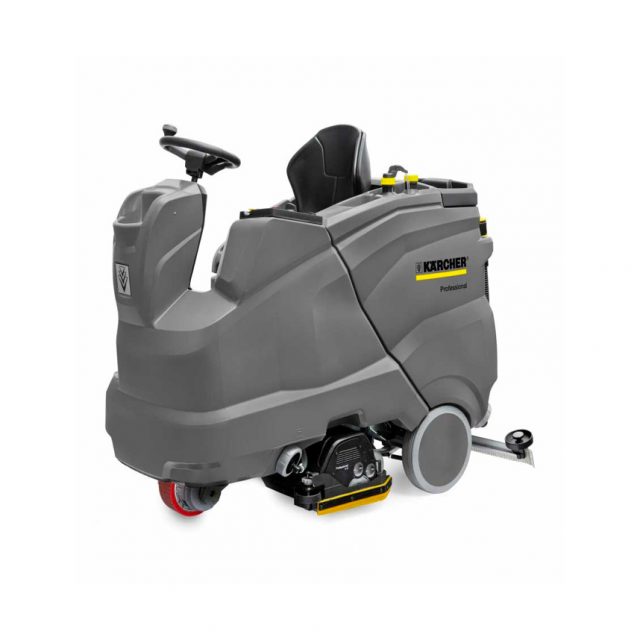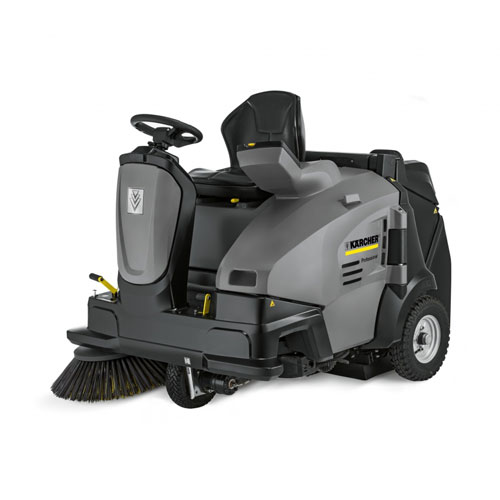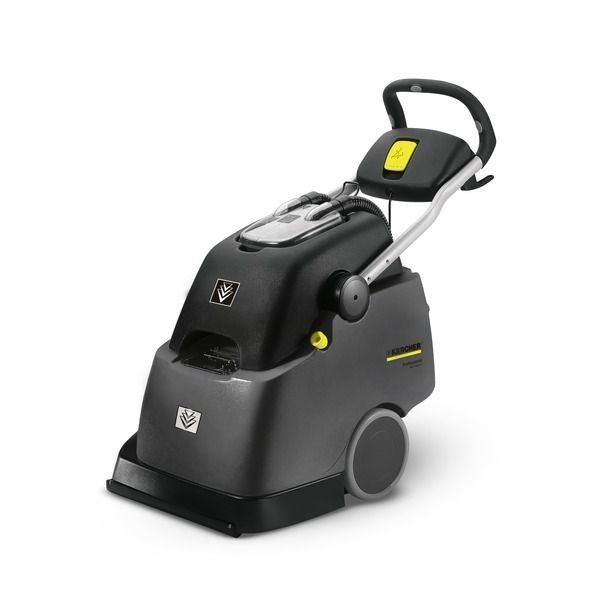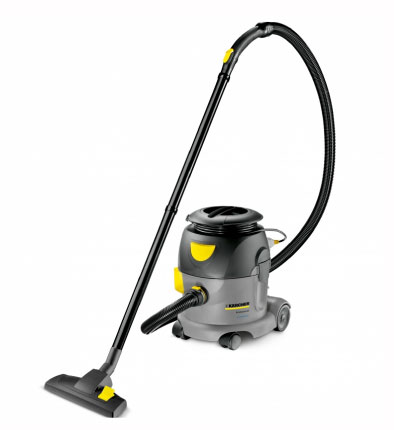Widespread flooding in the UK, driven by recent storms including Storm Bert, brought torrential rain, swollen rivers, and high winds, leaving a trail of devastation across the country. Homes and businesses were submerged, roads became impassable, and communities faced unprecedented challenges. As floodwaters begin to recede, the focus now shifts to recovery. Here’s a comprehensive guide to flood water removal, carpet cleaning after a flood, and restoring your property safely.
Safety First: Navigating Flood Damage Cleaning
Floodwaters are often contaminated with sewage, chemicals, and debris, so safety should always be your top priority.
Assess Hazards
- Avoid entering flooded areas until water levels recede.
- Be cautious of hidden dangers like raised manhole covers, sharp debris, or electrical hazards.
Document the Damage
- Take photos and videos of the affected areas to support insurance claims.
- Contact your insurance provider promptly and follow their instructions before beginning the cleanup.
Check Utilities
- Ensure the building’s electricity and gas supplies are turned off.
- Only a qualified professional should inspect and restore these utilities after a flood.
Wear Protective Gear
- Use gloves, waterproof boots, and face masks to protect against exposure to contaminants in the floodwater.
Flood Water Removal: Essential Steps
Efficient flood water removal is critical to prevent further damage and begin restoration:
Pump Out Standing Water
- Use industrial water pumps or wet/dry vacuums to remove standing water from your property.
- Work systematically, starting from the lowest point and progressing upwards.
Dry Out the Building
- Use dehumidifiers, fans, and ventilation to dry out walls, floors, and ceilings.
- Strip out water-damaged materials like plasterboard, wallpaper, and insulation within the first 48 hours to prevent mould growth.
Remove Silt and Debris
- Floodwaters often leave behind silt and dirt. An industrial pressure washer can help clean hard surfaces, removing residue and contaminants.
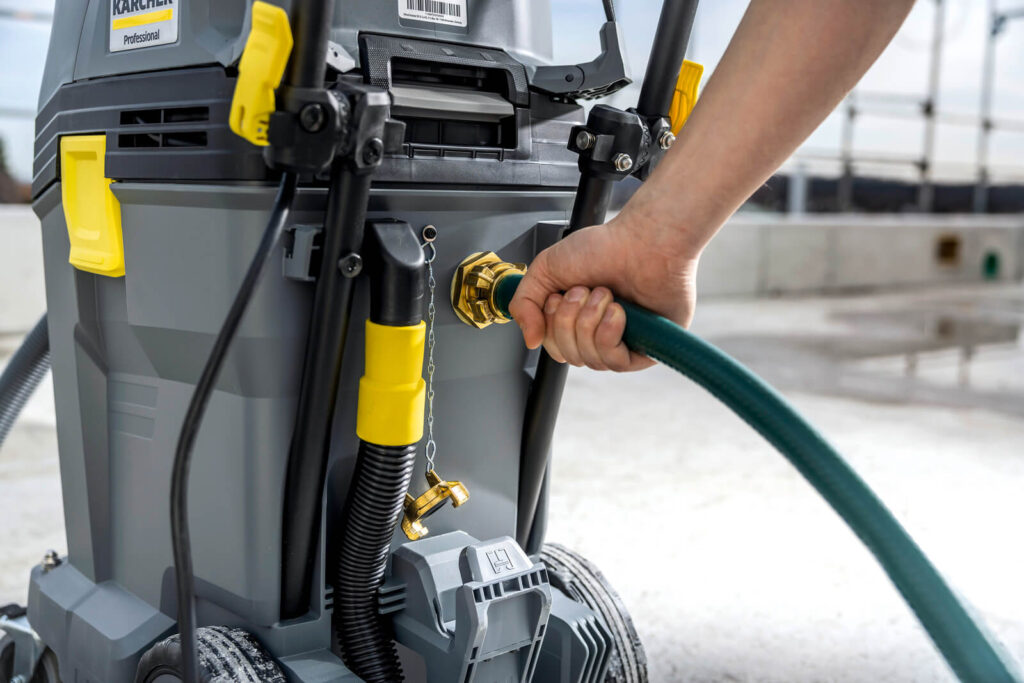
How to Clean Carpets After a Flood
Flooded carpets are challenging to restore, but with the right approach, you may be able to salvage them.
Assess the Damage
- Determine if the carpet is salvageable. Carpets soaked with sewage-contaminated water must be discarded due to health risks.
Begin Cleaning
- Remove the carpet and underlay if possible and dry them separately.
- Use a professional carpet extractor to remove water and dirt. A steam cleaner can also help sanitise carpets effectively.
Sanitise and Decontaminate
- Clean the carpet with a specialised detergent and disinfectant designed for flood restoration.
- Rinse thoroughly to ensure no chemical residue remains.
Dry Thoroughly
- Use industrial fans and dehumidifiers to dry the carpet completely before reinstalling it.
- Ensure no mould or mildew has developed during the drying process.
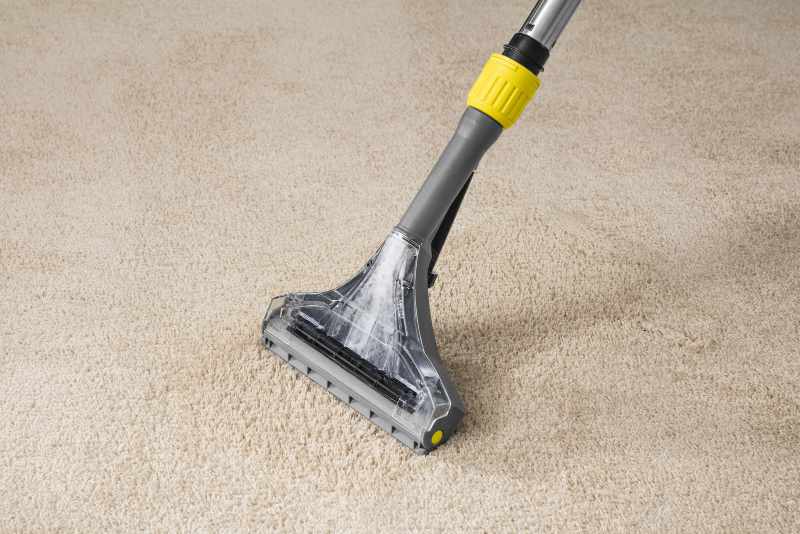
Restoring Your Property After Flooding
Once water removal and cleaning are complete, it’s time to rebuild and repair:
Inspect for Structural Damage
- Have a professional assess the building’s structure, including walls, floors, and foundations.
Repair and Refinish
- Replace damaged fixtures, flooring, and insulation.
- Apply mould-resistant treatments to walls and floors before refinishing.
Use Industrial Cleaning Equipment
- Kärcher Hire’s cleaning solutions, including steam cleaners and industrial vacuums, are invaluable for deep cleaning and restoration.
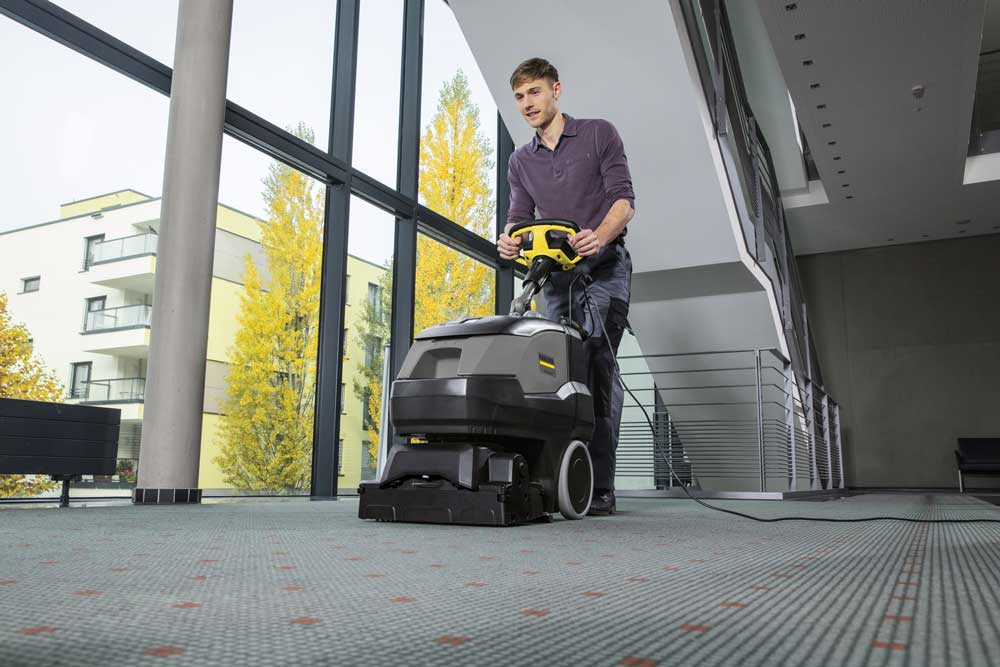
Get Professional Help for Flood Restoration
For more information about flooding advice in the UK, take a look at the documents supplied by Public Health England.
If you’re dealing with the aftermath of flooding and need assistance with flood water removal or carpet cleaning after a flood, commercial-grade cleaning equipment can make all the difference.
















